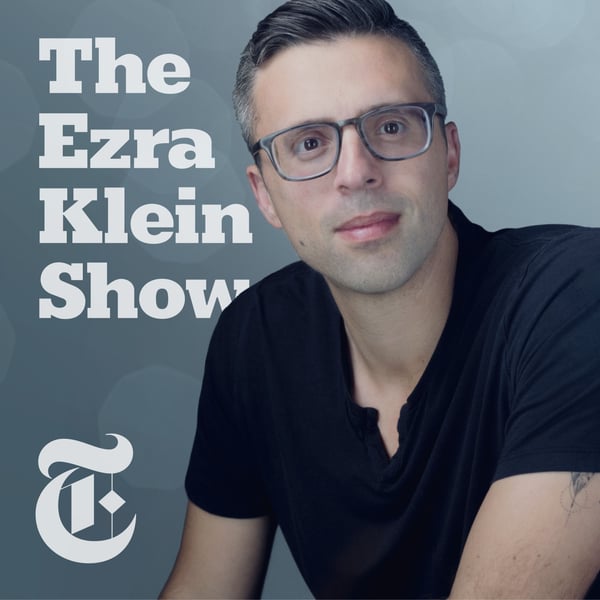Violent Crime Is Spiking. Do Liberals Have an Answer?
The Ezra Klein Show
New York Times Opinion
4.6 • 11K Ratings
🗓️ 21 May 2021
⏱️ 74 minutes
🧾️ Download transcript
Summary
Transcript
Click on a timestamp to play from that location
| 0:00.0 | I'm Mr. Klein and this is the Ezra Klein Show. |
| 0:23.3 | So I want to talk today about one of the really scary trends we're seeing across cities |
| 0:27.4 | all over the country right now, which is that violent crime is spiking. |
| 0:32.0 | This depends a bit on what estimate use, but in 2020, homicides are up anywhere from |
| 0:35.6 | 25 to almost 40% nationally, relative to 2019. |
| 0:39.6 | So that is the single largest one year increase since 1960. |
| 0:44.1 | This isn't just an outlier city here or there, murders are up across the board and basically |
| 0:48.4 | every major city in the US. |
| 0:50.8 | And if you look at the early numbers of 2021, there's no reason to think that's slowing |
| 0:54.0 | down. |
| 0:55.2 | You cannot overstate the damage is kind of violence does to people in their communities. |
| 1:00.3 | There's the direct cost of the violence, of course, there's loss of life, of safety, |
| 1:06.3 | grieving families, bullet wounds, the don't end in death, but they do end in lifelong |
| 1:10.4 | paralysis or brain damage. |
| 1:13.0 | There's the child who sees someone shot right in front of her and carries out trauma |
| 1:17.0 | forever. |
| 1:18.0 | But there's also the less direct costs when violence is present, public spaces empty, businesses, |
| 1:23.9 | clothes or refuse to move in, parks and playgrounds are abandoned. |
| 1:27.8 | People remain indoors, children remain indoors. |
| 1:30.7 | Children in particular bear this for their lives or more likely to develop attention disorders |
| 1:35.0 | and problems with impulse control, academic performance, plummets, families are far less |
| 1:39.8 | likely to escape poverty. |
... |
Please login to see the full transcript.
Disclaimer: The podcast and artwork embedded on this page are from New York Times Opinion, and are the property of its owner and not affiliated with or endorsed by Tapesearch.
Generated transcripts are the property of New York Times Opinion and are distributed freely under the Fair Use doctrine. Transcripts generated by Tapesearch are not guaranteed to be accurate.
Copyright © Tapesearch 2025.

